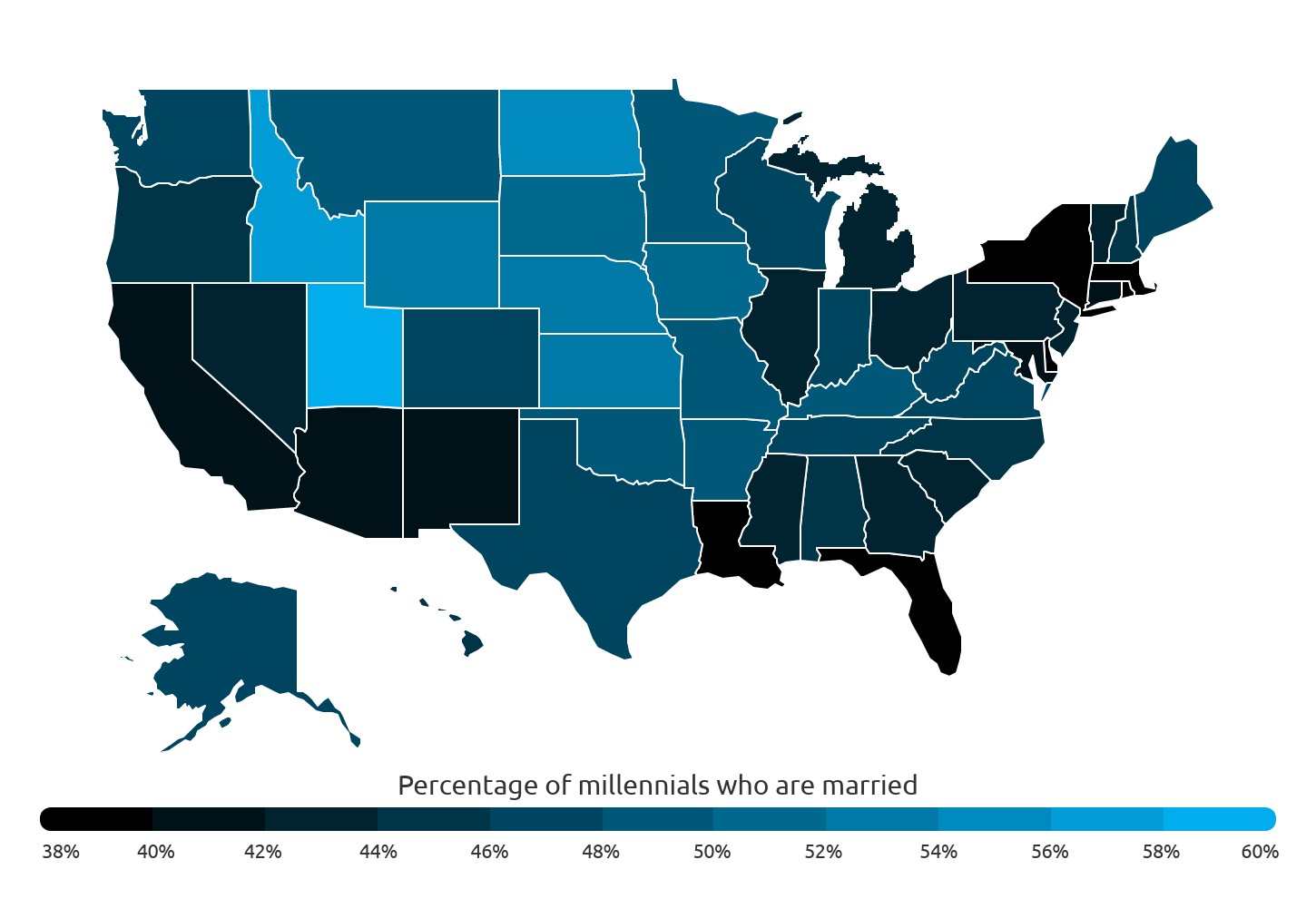Budgeting
 How To Deal With Debt Collectors
How To Deal With Debt CollectorsAugust 26, 2022
It’s important to know how to deal with debt collectors when they contact you, what your rights are, and what to do if you can’t pay your debt right away. Read more.
 Cities Where Millennials Are Getting Married
Cities Where Millennials Are Getting Married August 18, 2022
With a host of factors correlating to millennials’ marital status, marriage rates for the generation also vary by geography. Here are the metros with the highest millennial marriage rates. Read more.
 How Old Do You Have to Be to Get a Debit Card
How Old Do You Have to Be to Get a Debit CardAugust 16, 2022
In most banks, you may open a bank account and receive a debit card when you are 13 years old. As long as a legal guardian or parent signs as the joint owner. Read more.
 What Is a Billing Cycle and Can You Change It?
What Is a Billing Cycle and Can You Change It? August 16, 2022
A billing cycle is the period of time between the last billing statement and the current statement. We'll explain how it works and how it impacts you. Read more.
 4 Ways to Protect Your Credit and Finances During a Divorce
4 Ways to Protect Your Credit and Finances During a Divorce August 9, 2022
Divorce can be a stressful experience for some, but there are actions you can take that may help when you decide to part ways. Below are four expert tips to protect your credit and finances during a divorce. Read more.
 How Long Do ACH Transfers Take to Process?
How Long Do ACH Transfers Take to Process?July 19, 2022
For those sending money, ACH transfers offer the choice of processing payments on the same-day, next-day, or a two-day timeframe. Read more.
 How to Avoid Paying Interest on Credit Cards
How to Avoid Paying Interest on Credit CardsJuly 14, 2022
Paying off your balances in full each month is the best way to avoid credit card interest. Here are a few ways to prevent interest from accumulating. Read more.
 How to Begin the Process of Combining Finances
How to Begin the Process of Combining FinancesJuly 12, 2022
We reached out to three relationship and money experts to gather tips on the best ways to combine finances with someone you love.
Read more.